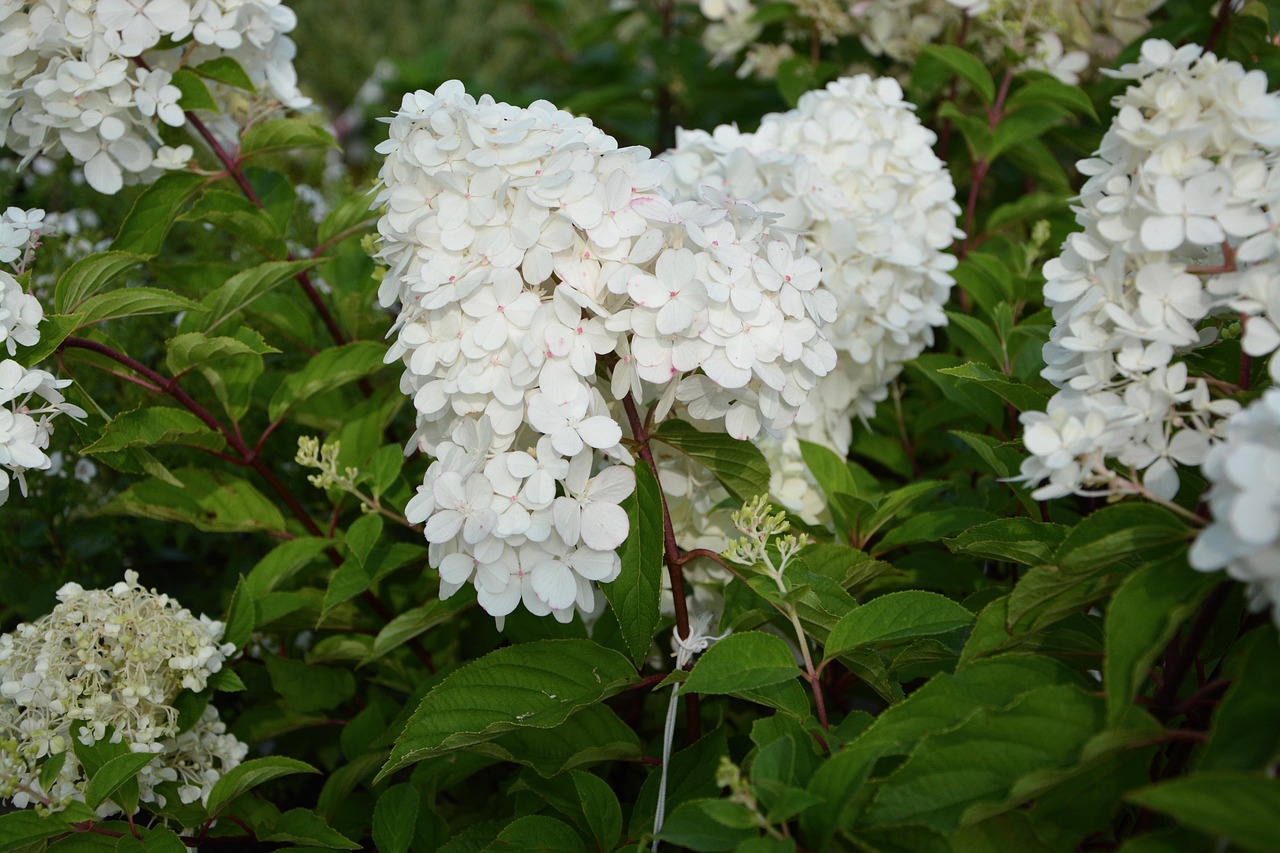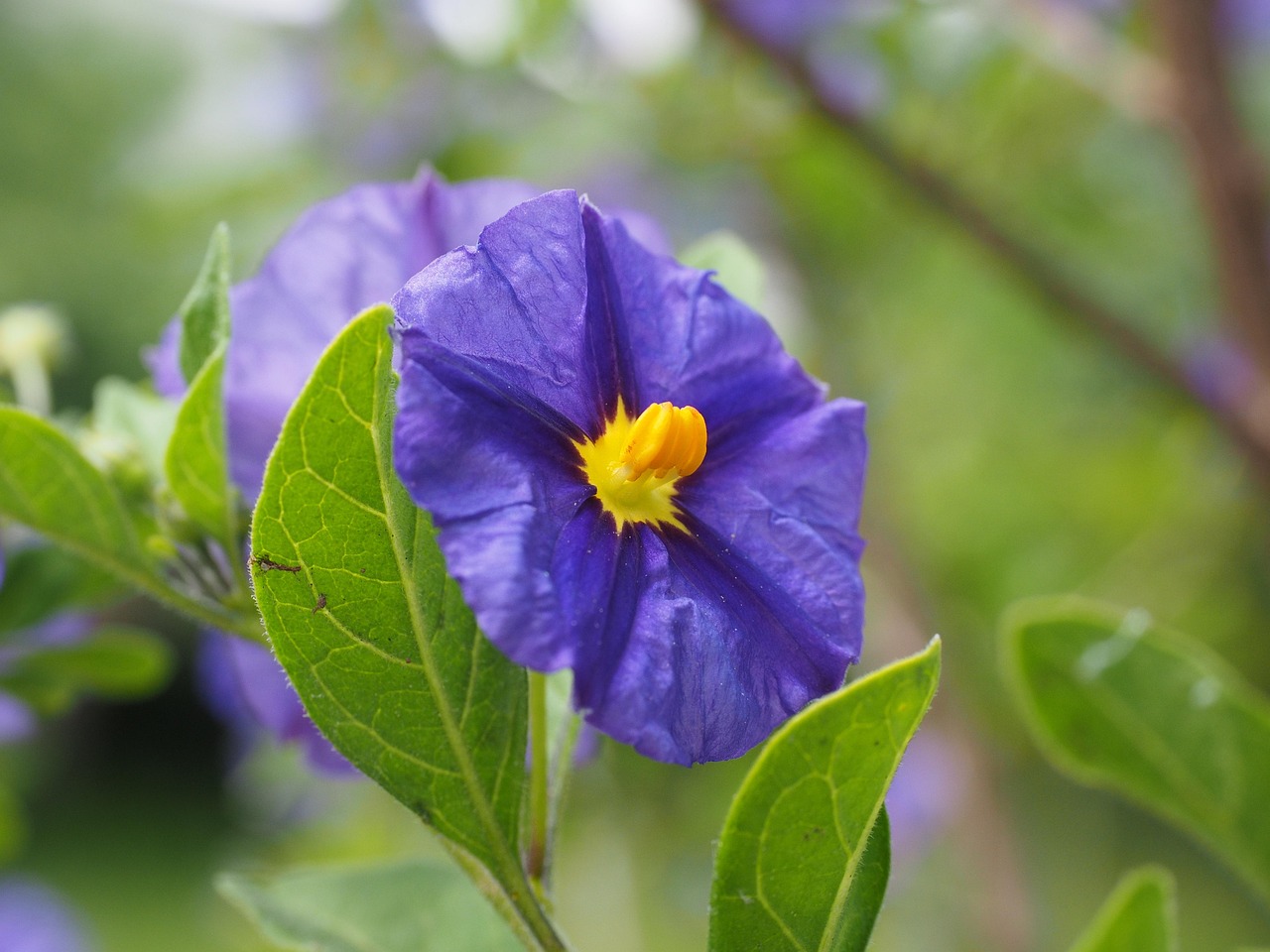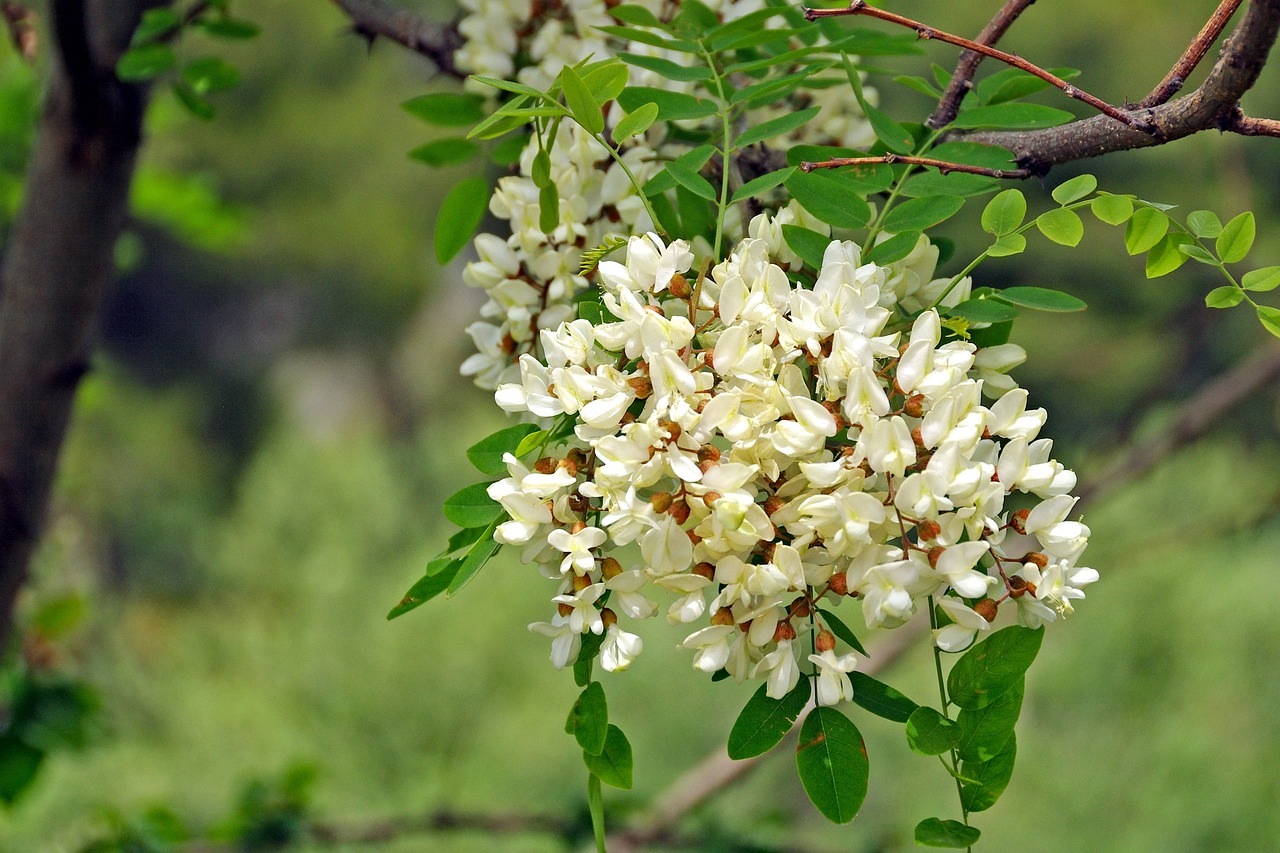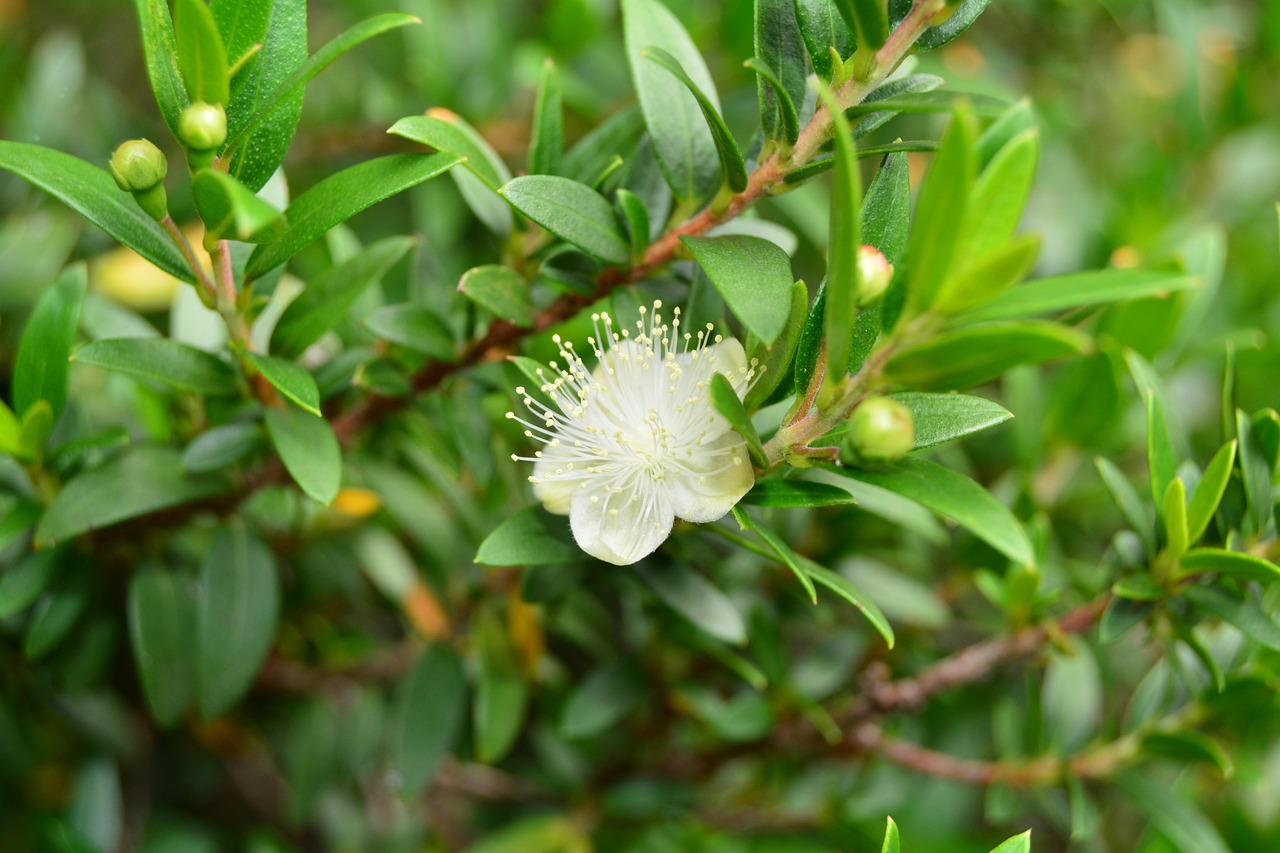Lilac | A Fragrant Purple Flower Heralding the Season
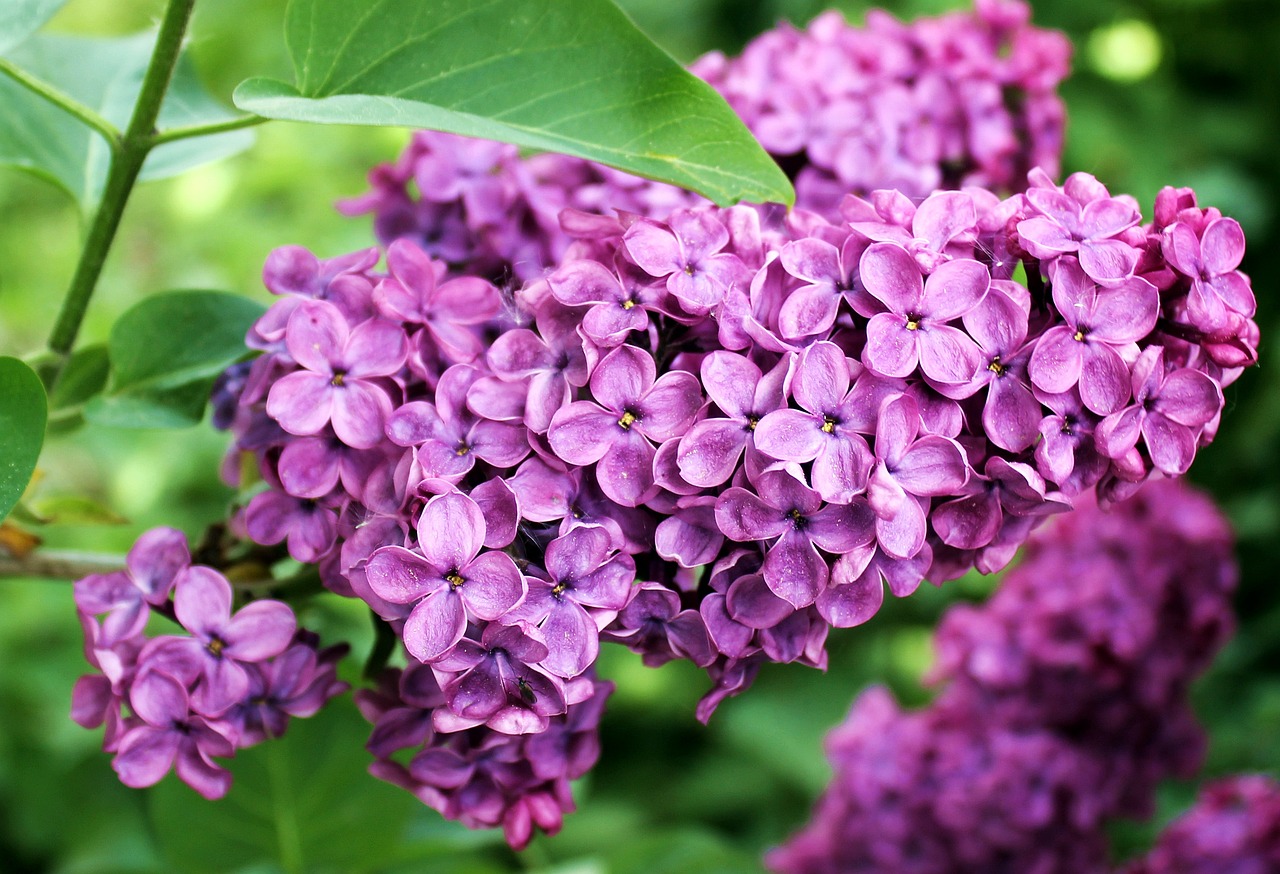
I introduce the lilac, a popular flowering tree known for its sweet fragrance and beautiful clusters of blossoms. As a flower that announces the arrival of spring, lilac is beloved and often seen in gardens and parks.
Here, I will explain in detail its basic information, cultural background, history, and gardening tips.
Basic Information
- Scientific name: Syringa vulgaris
- Family: Oleaceae
- Origin: Eastern Europe, Balkan Peninsula
- Appearance:
Lilac grows as a shrub or small tree about 2 to 3 meters high, producing numerous conical flower clusters. The flowers appear in shades of purple, white, pink, and blue, with the purple lilac being the most famous. Their fragrance is sweet and intense, filling the garden with a gentle aroma. - Blooming Season:
Mainly in spring (April to May), under warm sunlight.
Cultural Significance Worldwide
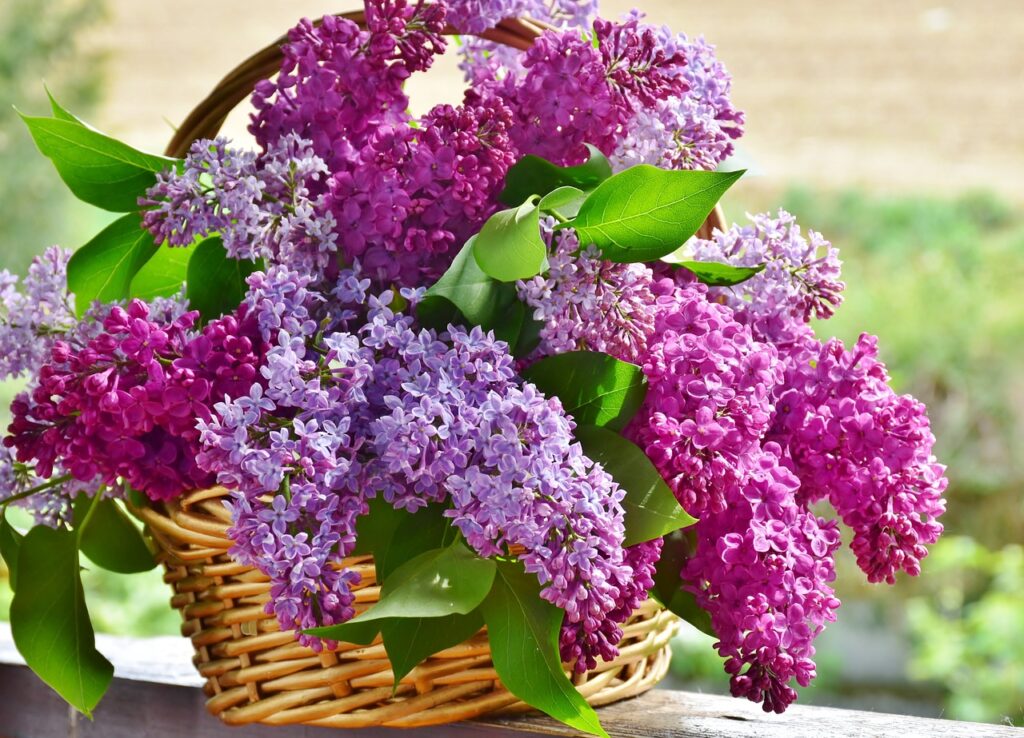
Lilac is a cherished plant in both Europe and the United States. In France, it is known as the “flower of May,” and it is customary to offer lilacs on Mother’s Day.
It carries symbolic meanings such as “renewed love” and “joy of youth,” often regarded as a flower of love and hope.
In the United States, lilac is designated as the state flower in several states.
In New Hampshire, it is recognized as the symbolic flower of the state. Every May, “Lilac Festivals” are held, where many people gather to enjoy the beauty and fragrance of this flower.
Historical Episodes
Lilac was introduced to Europe from the Ottoman Empire in the 16th century.
It quickly gained popularity in the gardens of France and England.
In France, lilacs were planted in the royal gardens of Louis XIV and were highly valued among the nobility.
In America, Thomas Jefferson is recorded to have planted lilacs in his Monticello garden.
From there, they spread throughout North America.
The fragrant lilac became an essential feature of rural landscapes and is still widely planted in private gardens today.
Gardening Advice
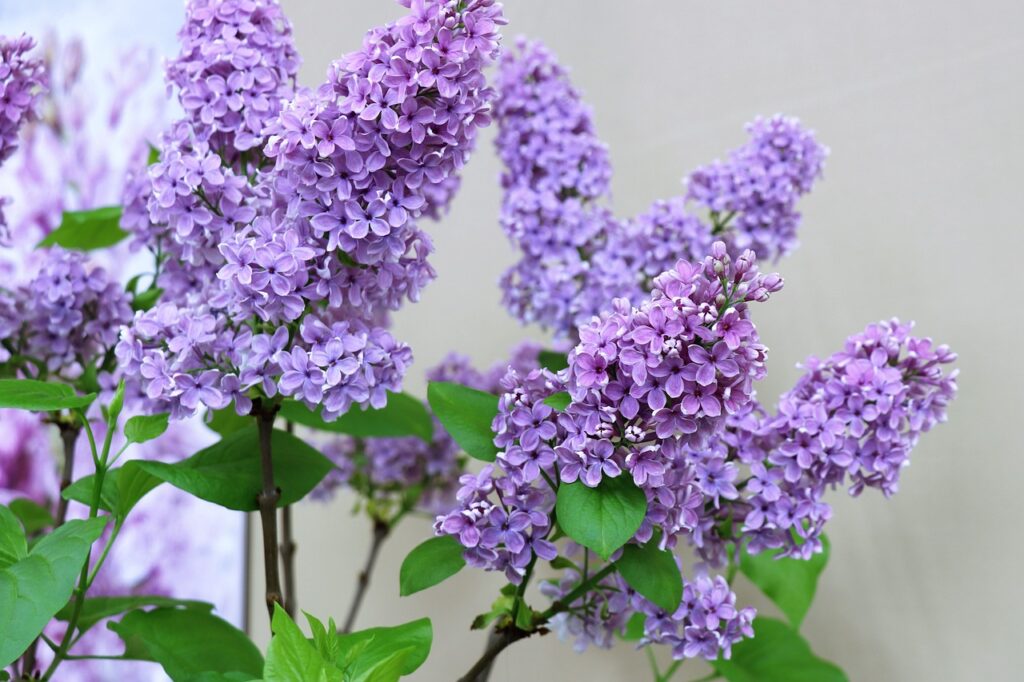
Cultivation Guide
Lilac prefers sunny locations. With at least six hours of sunlight per day, it grows vigorously and produces abundant blossoms. It is highly cold-resistant and thrives even in colder climates.
The ideal soil is moderately well-drained, preventing root rot caused by excessive moisture. Pruning should be done right after flowering. This encourages the plant to bloom beautifully again the following year.
Since lilac grows quickly, shaping the branches regularly helps maintain an attractive garden landscape.
Soil and Growth Conditions
Lilac prefers neutral to alkaline soils. It does not grow well in acidic soil, so adjusting the pH with lime when necessary is important.
Although tolerant of dry conditions, its deep root system benefits from regular deep watering, which promotes healthy growth.
Conclusion
Lilac is a flowering tree loved for its sweet fragrance and beautiful clusters of blossoms. As a representative flower of spring, it is planted in many gardens and parks.
Thanks to its cold resistance and relatively easy maintenance, even beginners can grow it successfully. With the arrival of spring, I recommend adding the elegant fragrance and beauty of lilacs to your garden.


